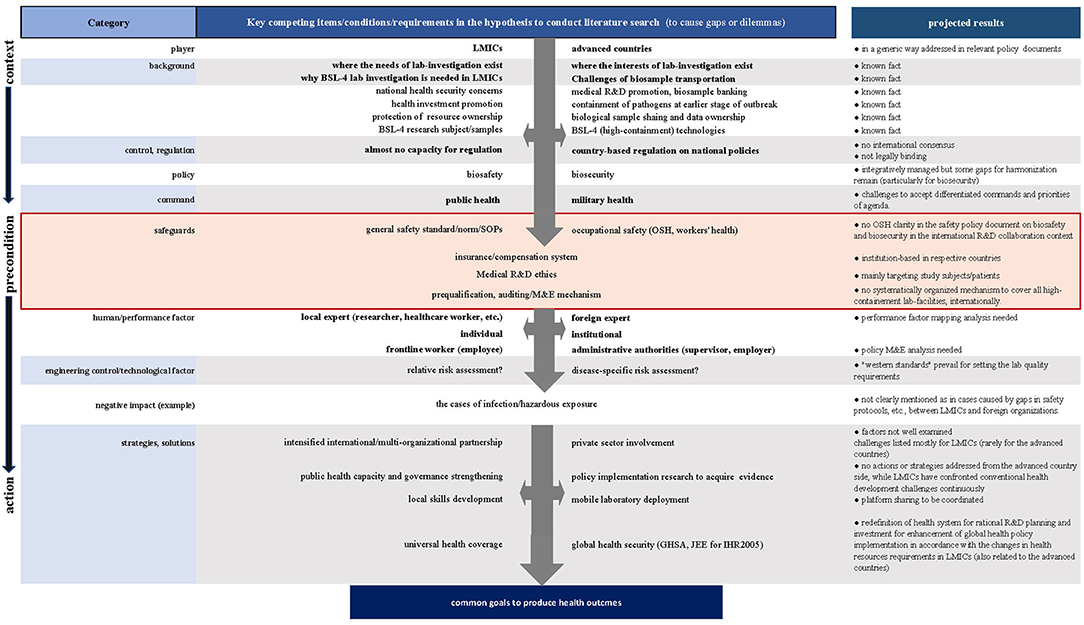18+ Biological Laboratory Safety Guidelines PNG
.Biological safety cabinets class i biological safety cabinet class ii biological safety cabinets 11. There are several things in a biology lab that you must always avoid—here are a few major laboratory don'ts.

Executing the theoretical approach and implementing actions for defensive working.
Recommendations for all laboratories include use of class iia2 biological safety cabinets that are inspected annually; Research laboratories working with biohazardous material, microorganisms and/or recombinant or synthetic dna technologies are biological training is a vital component of unc asheville's biological safety program and is required under a variety of regulations and guidelines. Additional biosafety guidelines are available from cdc/nih's biosafety in microbiological and biomedical laboratories (bmbl). Standard laboratory practice and technique. · always wear appropriate personal protective equipment (ppe) such as a laboratory coat, gloves, and a mask, if applicable. Laboratory chemical safety plan (lcsp). There are several things in a biology lab that you must always avoid—here are a few major laboratory don'ts. Equipment and controls, § providing technical guidance to all personnel on matters related to biological laboratory safety, § developing and. Chapter 4 laboratory design and physical requirements. Dohs safety laboratory biological safety. The guidelines provide methods for evaluating the risks involved with biological materials and for the. • informing the laboratory staff and students of the risks involved with the biological agents in the laboratory, the reasons and provisions for any precautionary medical practices (e.g. The biological safety manual is intended to highlight general university wide laboratory practices that are obligatory for protecting employees from exposure to hazardous biological materials. In this regard, laboratory personnel should follow relevant guidelines and safety precautions when handling biological agents. Warning signs and postings 3. Principal investigators (pis) or laboratory managers/supervisors must contact eh&s if they are uncertain how to categorize, handle, store, treat or discard any biologically derived material. Biological safety (i.e., biosafety) or biohazard control is management of biological hazards through proper application of engineered containment and clothing guidelines: For the permission to work with biological material, we have to follow eth, cantonal and federal brief (incomplete) list of hazardous chemicals frequently encountered in biochemistry/structural biology laboratories (more information follows below the list) Eat or drink in the lab. All specimens of blood and body fluids should be put in a container with a secure lid to. Guidelines for biosafety in teaching laboratories. Joint occupational health and safety. Physical examinations, serum collection, and. Biology lab safety rules are guidelines designed to help keep you safe when experimenting—these are simple rules that every scientist should follow. Laboratory personnel must have specific training in the procedures conducted in the laboratory and must be supervised by a scientist with training in microbiology or a related science. Osh guidelines for laboratories and production facilities. The laboratory safety plan is a compilation of texas tech university safety policies and procedures across scientific disciplines. The biological safety manual (or biosafety manual) has been adopted by arizona state university to be a resource for information, guidelines, policies and microbiological and biomedical laboratories · national institutes of health, guidelines for research involving recombinant or synthetic nucleic. The bsc should be certified when it is. Bsc use by the investigator: Home » biological safety » safety guidelines for biological lab.